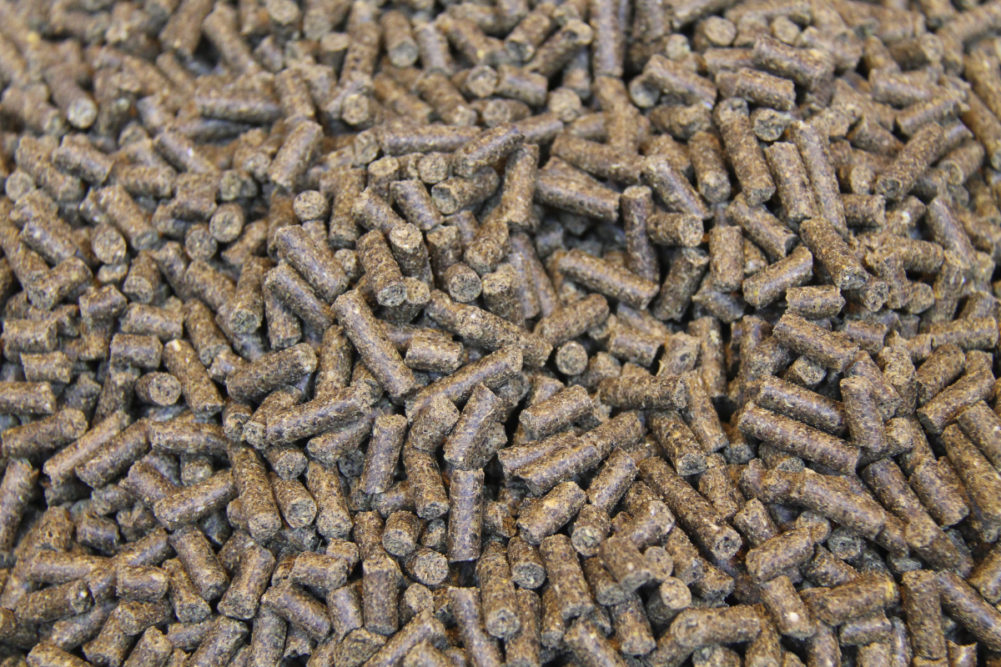BRUSSELS, BELGIUM — Industrial compound feed production in the European Union (EU) remained stable in 2020 despite the combined effect of the spread of animal diseases and the COVID-19 pandemic, according to a June 7 report from the European Feed Manufacturers’ Federation (FEFAC).
EU compound feed production (EU 27+UK) for farmed animals in 2020 is estimated at 164.9 million tonnes, an incremental increase of 0.1% compared to 2019, according to data provided by FEFAC members. Despite the COVID-19 pandemic and its heavy impact on the hospitality and tourism industry, the European compound feed industry managed to keep its production at a stable pace, contrary to early predictions.
In November 2020, FEFAC projected 2020 EU feed production at 161.4 million tonnes, a decrease of 2.2% compared to 2019.
While cattle and poultry feed saw a decline, all other sectors experienced production growth compared to 2019.
The decrease of 0.8% in poultry feed production, which is the first recorded in 10 years, is a result of the combined effect of the spread of Avian Influenza (HPAI) and COVID-19 lockdown measures. In 2020, there were two seasons of the HPAI epidemic in Europe depressing the poultry sector. In the earlier months of 2020, the disease was detected in Poland, the Czech Republic, Germany, Romania and Hungary, while in autumn the disease hit the Netherlands, Denmark, France, Ireland and Poland and Germany again.
The most affected country was Hungary after the virus entered the area with a high density of ducks and geese holdings. COVID-19 lockdown measures and overall decrease in tourism had a negative effect, especially in Spain where the poultry sector decreased its production substantially by almost 20% compared to 2019. Cattle feed production slightly decreased by 0.2% mainly due to the indirect impact of COVID-19 and the closure of the hotel, restaurant and catering sector that led to a shift in consumer demand for products of animal origin.
Still, cattle feed tonnage did not fall as initially expected due to a drier-than-normal spring season and poor grass growth in several countries.





